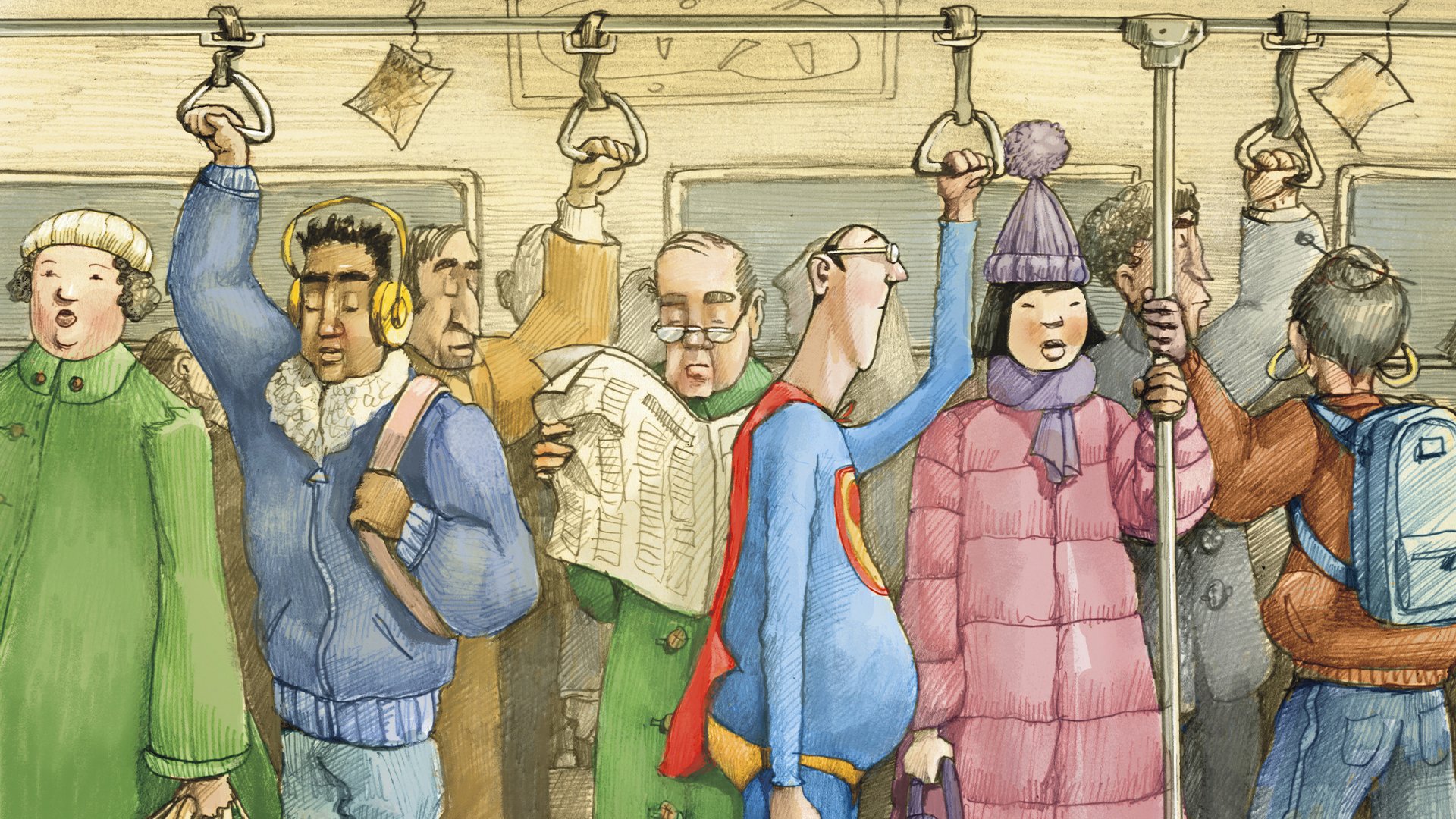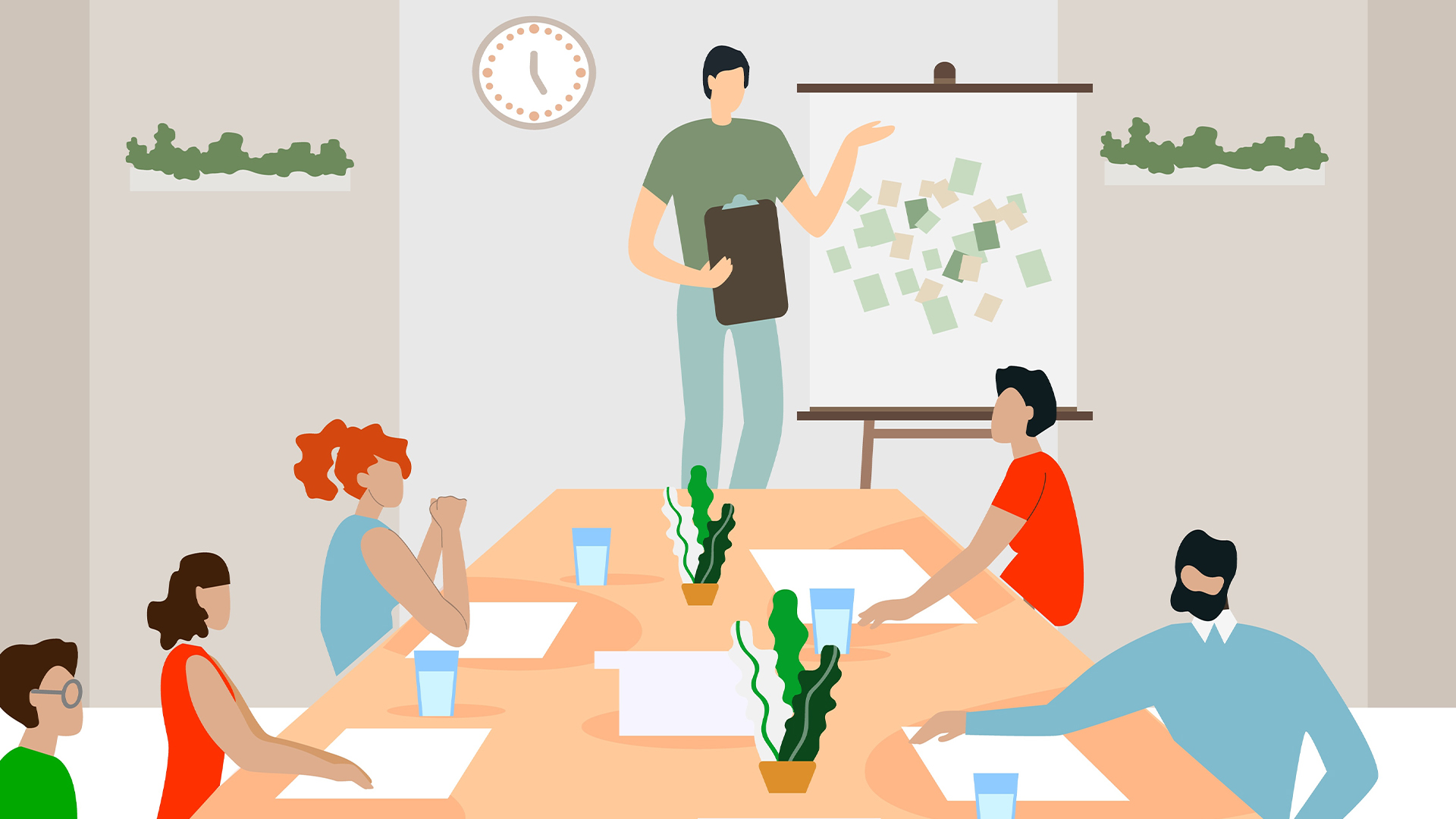
During stable times, societies and organizations rarely change radically. It is only when there is a clear and obvious need for change – a burning platform, if you will – that change occurs. Kurt Lewin, in his famous Unfreeze-Change-Refreeze model, describes how once the need for change is recognized and brought about, new patterns of behavior or a new social compact must be frozen into place. Other Social Psychologists describe societal change as occurring in four phases: Stability, Inertia, Incremental, and Dramatic Social Change.
A compelling argument can be made that today’s society has entered a period of Dramatic Social Change, or, as Lewin would say, an Unfreeze time period, as a result of the COVID-19 pandemic.
The worldwide quarantines, remote working for non-essential workers, travel restrictions, and other limitations have created forces that will demand another cultural shift, although many are slow to recognize just how long-lasting and enormous they’ll be. When the world first began hearing reports of a new respiratory virus, most people did not expect it to drag on for as long as it has. Schools and offices closed for weeks, which dragged into months and then over a year for some. The death toll climbed stratospherically and vaccines, while greatly reducing the death toll, did not eradicate the virus or return life to “normal.”
Events that trigger a Dramatic Social Change don’t happen often, but when they do, they’re significant. Events that cause a Dramatic Social Change fundamentally reshape civilization by unfreezing the rules governing society. For instance, the Black Death that ravaged Europe caused the deaths of many serfs, creating a labor shortage of workers to plant, harvest, and work the farms. For landholders that resulted in an inability to pay the taxes they owed the crown. This situation gave the serfs new leverage to demand better pay and working conditions. For Europe, it was the beginning of the end of feudalism. The French Revolution, where severe economic and political instability collided, saw the proletariat rise up and create a society based upon The Declaration of the Rights of Man and of the Citizen, which did not give rights to everyone but was a step in the right direction. During World War II, women entered the workforce in unprecedented numbers, leading to increased independence and freedoms for them, changes that were enduring. Other examples are plentiful.
A return to the way thing were pre-Covid is a fantasy.
Societies and organizations evolve with changing conditions; they do not return to a past that often is illusory in nature anyway. There has been too much loss, too much suffering, too much juggling of work while caring for sick relatives or children – but also a reprioritization of what matters to people. Long commutes, time away from family, shuttling kids to multiple activities on any given day…many people welcomed the slow-down that the worldwide quarantine ushered in. As offices and schools reopened many were hesitant to go back to the chaotic rat race-like conditions of pre-pandemic life. People like the idea of hybrid working conditions. Workers demand better pay, treatment and conditions. Parents want more time with their children – or at least, the ability to take care of them well while working. And with almost 3% of workers quitting their jobs in August and a worldwide labor shortage, they are in a better position to demand it. Strikes are becoming widespread.
So what do we learn from this global inflection point?
While perhaps unrealized by many, the social compact is once again up in the air. Understanding what workers want, what attracts them to your organization, the effectiveness of their working conditions and what retains them is critical to success. During periods of uncertainty information is critical to successful navigation of the environment.
Measuring how your employees are dealing with the current situation, and the risks the organization faces is critical not only to success but to survival. The future of work will revolve around attracting, effectively working with and retaining the best employees. There’s no better way to start than by keeping your finger on the pulse of your workforce by soliciting timely and relevant feedback. Crafting a strategic employee survey to better understand both your strengths and challenges, and to get the data you need to change as societal demands change is critical. OrgVitality is prepared to help.
Author

Jeffrey Saltzman is the CEO of OrgVitality, and an Associated Fellow at the Center for Leadership Studies, School of Management at Binghamton University. He is credited with driving technological improvements now commonly seen in the survey industry, creating a business model focused on scientific rigor and business practicality while aiming for bottom-line results. He is the co-author of Creating the Vital Organization: Balancing Short-Term Profits with Long-Term Success, among other books.






